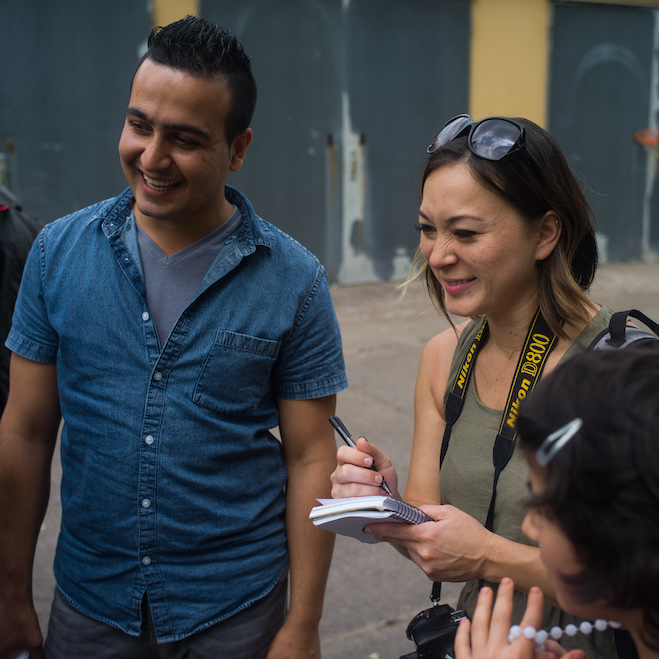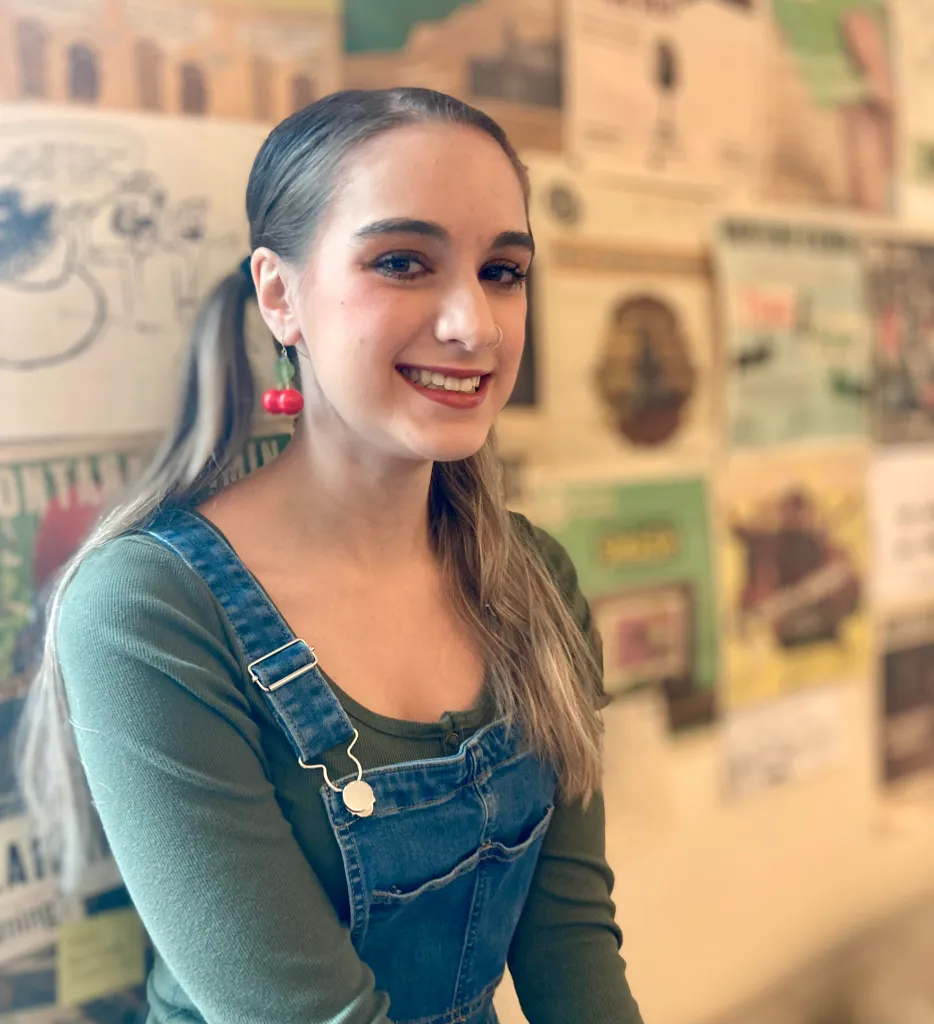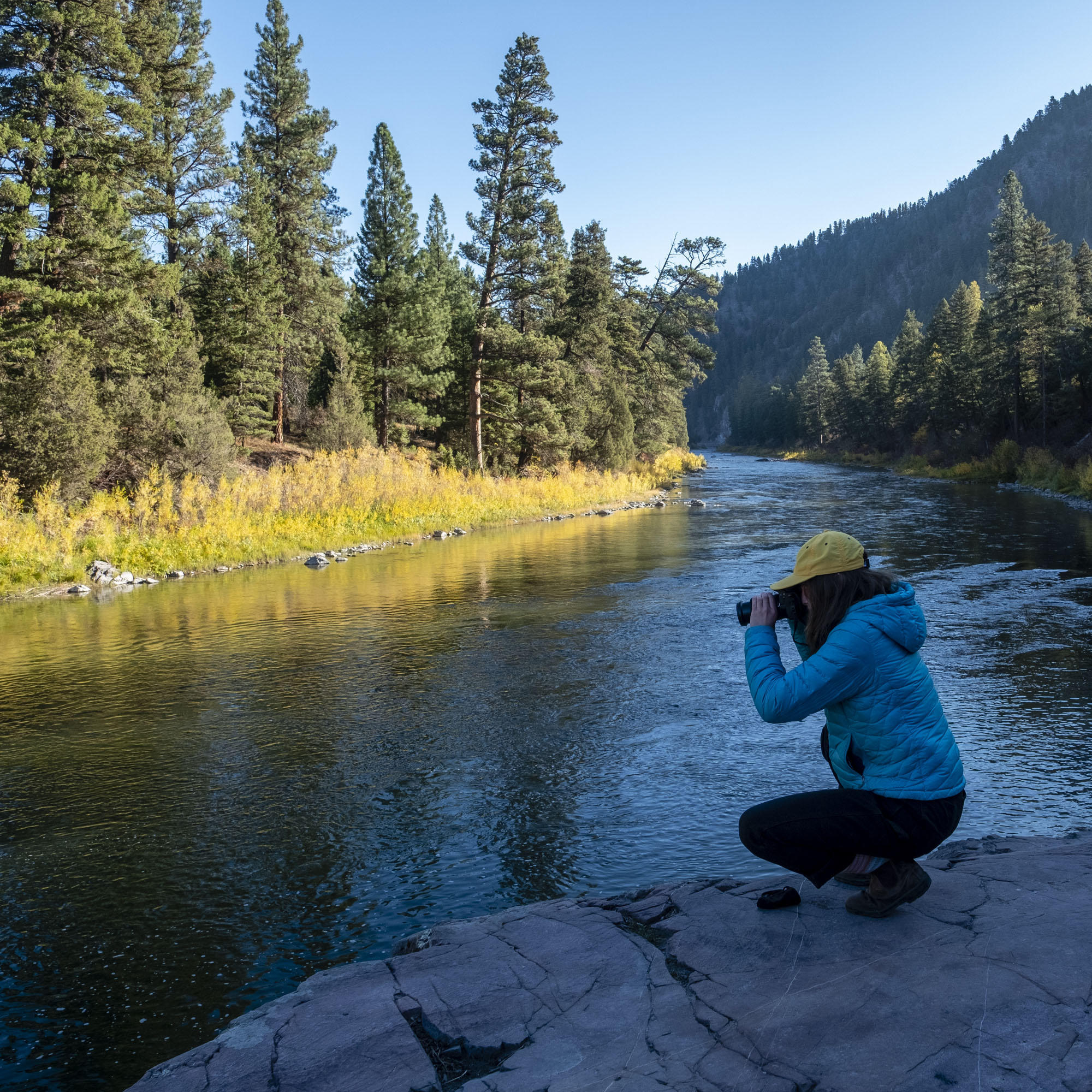Writing, Reporting and Editing Track
Being able to communicate well is the foundation of any solid career. Add to that the skills you build as a reporter -- finding, sorting and sifting information, building relationships, asking the right questions, just to name a few -- and you are well on your way to being sought after in any industry.
Jobs and Career Options
 Graduates from the writing and editing track find careers in journalism as reporters and editors, uncovering the truth and holding the powerful to account.
Graduates from the writing and editing track find careers in journalism as reporters and editors, uncovering the truth and holding the powerful to account.
But, they also go into public relations, communications, public service, politics and the business sector, finding job as copy writers, speech writers, marketers, grant writers, web editors, etc.
Erin Billings, MA '95, first worked as a reporter and editor before moving to the public relations field and is now the senior vice president of communications and public affairs for the Global Strategy Group in D.C. She says:
“Writing is one of the most important skills for any professional, no matter what path they choose. The J-School taught me how to write well, write thoughtfully, with precision and accuracy. The J-School also taught me to be curious, ask the right questions, and arrive at smart solutions. I use these skills every day, both professionally and personally.”
Just some of the jobs this track will prepare you for include:
- Reporter
- Editor
- Copy editor
- Magazine writer
- Freelance writer
- Sports writer
- Feature writer
- Author
- Copy writer
- Author
The student experience
 As a writing or editing student at the School of Journalism, you'll get writing early and by the time you graduate, you'll have a full portfolio of professional clips on which to build your career.
As a writing or editing student at the School of Journalism, you'll get writing early and by the time you graduate, you'll have a full portfolio of professional clips on which to build your career.
In the classroom, students gain experience reporting, writing and editing for capstone projects like Byline Magazine, published in the fall, and the Montana Native News project, which investigates issues in Montana's Indigenous communities each spring.
Another way students get real-world experience early in their college careers is through the independent student newspaper, the Montana Kaimin.
So says Emily Tschetter (pictured here), who got her start on the student newspaper in her first year.
"It’s 100%, the biggest thing that has set me apart from other journalism students. I’m only 19. And I got a pretty competitive internship and it would not have happened without the Kaimin. I think that it’s really hard, but it’s the single best way to build up your portfolio and get real on the ground experience while you’re taking your classes," Tschetter said.
Recent Alumni
 Michael Wright, editor, Bozeman Daily News
Michael Wright, editor, Bozeman Daily News
Nate Schweber, writer, New York Times, and author
Lucy Tompkins, (pictured at right) fellow, New York Times
Ryan Divish, Mariners beat writer, Seattle Times
Luella Brien, founder, editor and publisher of Four Points Press
Jacob Baynham, freelancer magazine writer
Allison Bye, publication designer
Kevin Van Valkenburg, senior writer, ESPN
Kellyn Brown, founding editor-in-chief, Flathead Beacon
Danny Davis, sports writer, Austin American-Statesman
Holly Michels, chief of the Montana State News Bureau, Lee Montana Newspapers
Courses
Writing, reporting and editing students start with the "core four" journalism classes in media history, writing, reporting and visual journalism. From there, students can then tackle covering cops and courts or city politics or the environment, etc. in beat reporting or take on big investigations in investigative reporting or try out creative long-form journalism in feature writing. Students are also required to participate in a capstone course, like Native News or International Reporting or Legislative reporting, all in which students publish their work professionally.
Here is a suggested course plan:
Lower-Division Required Coursed in Major
- JRNL 100H - Media History and Literacy
- JRNL 170 - Elements of News Writing
- JRNL 257 - Beginning Visual Journalism
- JRNL 270 - Reporting
Lower-Division Elective Suggested
- JRNL 105X - Global Current Events / Honors
- JRNL 201 - Diversity in Media
Upper-Division Required Courses in the Major
- JRNL 300 - First Amendment and Journalism Law
- JRNL 400 - Ethics and Trends in News Media
- JRNL 498 - Supervised Internship
Upper Division Writing Requirement Suggestion
- JRNL 362 - Feature Writing
- JRNL 370 - Beat Reporting
Five Upper-Division Elective Requirement Suggestions
- JRNL 330 - News Editing
- JRNL 414 - Investigations
- JRNL 430 - Print & Web Editing & Design
- JRNL 472 - Opinion Writing
- JRNL 494 - Pollner Seminar
Capstone Requirement Suggestions
- JRNL 411 - Reporting Native News
- JRNL 412 - Magazine Production and Design
- JRNL 470 - Campaign Coverage
- JRNL 473 - International Reporting
Extra-Curricular Suggestions
- Kaimin - Work for the Montana Kaimin as a reporter
